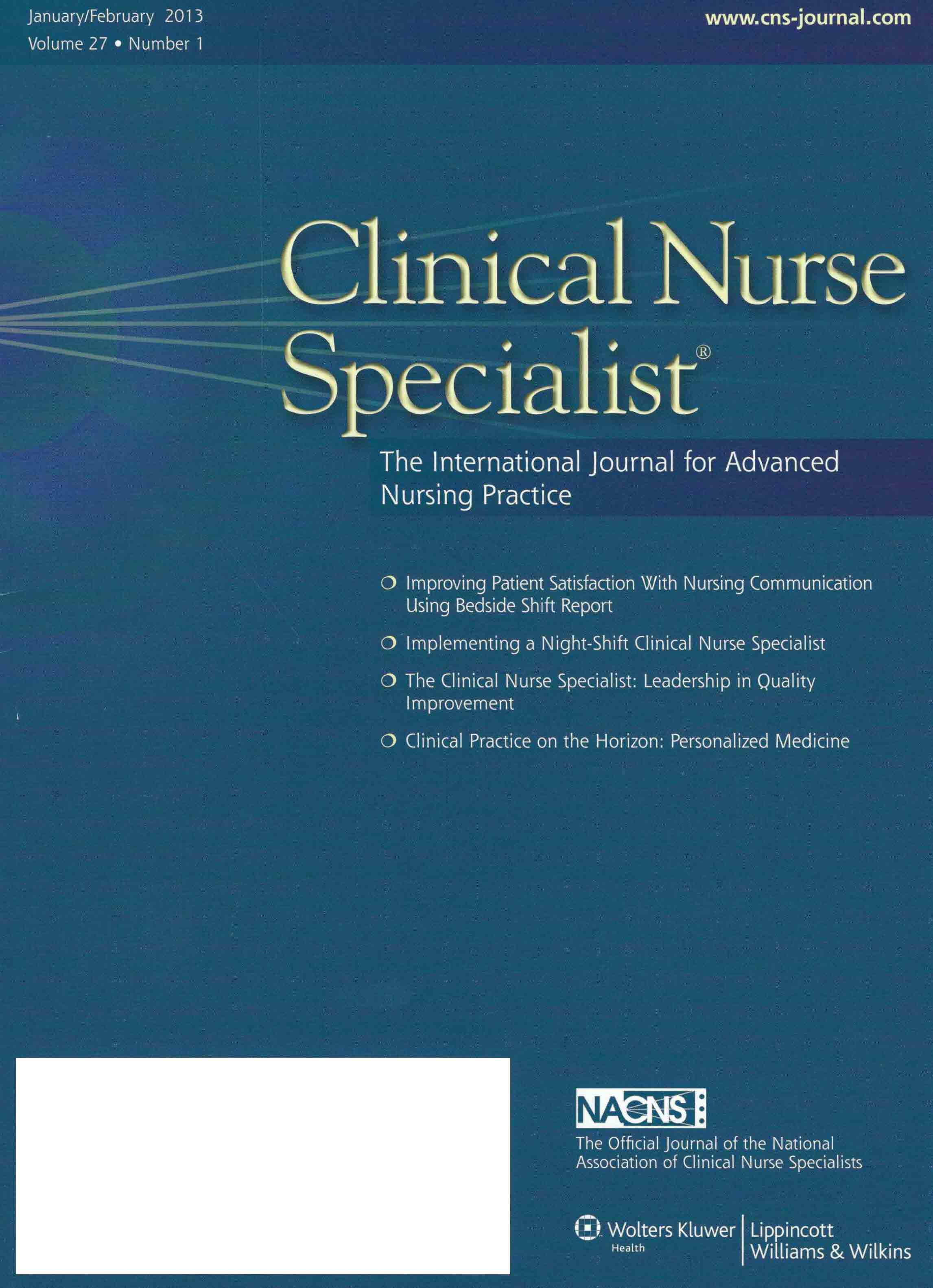 |
 |
Young-Mason created the”Nursing and the Arts” Column for Clinical Nurse Specialist in 1991. Since then she has authored 82 columns which have highlighted the ways in which art, literature and film can enrich and instruct healthcare professional’s education and practice.
She has written on such notables as Rodin, Kurosawa, Tolstoi, Dostoevski, Eliot, Bernanos, O’Faolain, Orwell, Nightingale, W. Berry, Melville, H.W. Mason, and James Joyce.
The importance of enfolding the arts into the daily routine of health care may seem an unlikely endeavor, but a strong case can be made for the spiritual health of patients, families, practitioners, and staff. What could be more important than increased understanding, enrichment, and a sense of shared community in an arena that in most instances is bleak and disconcerting, often the antithesis of healing?
JYM. “The Art of Healing and the Healing Power of Art” Clinical Nurse Specialist 2000, 14(4): 196-197.
Complete list of Young-Mason "Nursing and the Arts" columns in Clinical Nurse Specialist
Art, Body, and Soul
Introduction to a Collection of Nursing and the Arts Columns
by Jeanine Young-Mason
The idea of a regular column based upon the correspondences between the practice and the expressive and performing arts arose from my research on suffering and compassion. The essential link between nursing and the arts lies in the fact that both are concernedwith the human condition and have a profound appreciation of the suffering of others (psychological, moral, spiritual, and physical). In fact, the arts inform and enrich the art of nursing practice in a way that textbooks and specialized studies cannot. The knowledge that the arts can teach us what text books cannot is a revelation that still surprises some. It is my expressed hope that readers will discover through these explorations and others the power of the arts to heal - through entertainment and laughter, illumination and wisdom. The expressive and performing arts considered in my columns include drawing, painting, sculpture, cinematic art, selected documentary films, literature (poetry, novels, narrative history, drama (ancient and contemporary) personal and formal essays, narratives of patients, caregivers, and healthcare practitioners, myths, legends and folklore, and the performing arts of dance, music (vocal and instrumental), dramatic performances, culinary arts of different cultures, and nature itself.
The following essays were chosen from the larger collection of columns that I have authored over the past 22 years, in part, to persuade readers of the importance of art and literature to nursing education and practice. Others were chosen because they immediately and directly affect positively the health and healing of individuals with certain chronic conditions. Students and practitioners from Columbia, Italy, Canada, Germany, France, and Portugal have corresponded with me regarding those articles which describe the influence of art to improve the lives of those with chronic conditions.
It seemed to me back in 1991 when I wrote that first column (and still does today) that the crucial questions remain the same: How do nurses continue to evolve their understanding of the human condition, their aesthetic perceptions and their appreciation of the fleeting intangibles of human existence which may seem insignificant compared to the scientific data they are accustomed to relying upon?
This collection of essays reveals the power of dance to enrich the lives of those with Parkinson's Disease; the power of art and music to transform the lives of those with dementia; the power of cinematic art to illustrate the serious consequences of moral mediocrity; the power of Rodin's sculpture to instruct and guide us in perceiving visual clues to emotional states; and the power of Melville's Bartleby to help us comprehend the elusiveness of the human will.
In all of the essays there is a central truth that Rodin, in particular, teaches us which he called "fugitive truth." It is his aesthetic grasp of the state of soul at the moment of execution of a drawing or sculpture.
"Character is the essential truth of any natural object, whether ugly or beautiful; it is even what one might call a double truth; it is the soul, the feelings, the idea expressed by the features of the face, the gestures and actions of a human being, by the colors of the sky, the line of the horizon." Auguste Rodin.
Articles available for free for download, courtesy of Clinical Nurse Specialist.
"Art, Literature, and Nursing Phenomena," Clinical Nurse Specialist. 17(1):66, 2003.
"Art, Bosy and Soul: A Conversation With Dancers David Leventhal and John Heginbotham," Clinical Nurse Specialist. 24(6):323-326, 2010.
"Update: Music and Dance Bring Hope to Those With Parkinson Disease," Clinical Nurse Specialist. 24(2):113-114, 2010.
"There Is a Bridge and the Trebus Project: Artists Create Hope and Understanding for Those With Dementia," Clinical Nurse Specialist. 22(2):112-113, 2008.
"The Dangers of Moral Mediocrity: Reginald Rose's 12 Angry Men," Clinical Nurse Specialist. 13(5):248-249, 1999.
"Aesthetic Research: Sculpture," Clinical Nurse Specialist. 12(3):108-110, 1998.
"The Elusiveness of the Human Will: Melville's Bartleby the Scrivener," Clinical Nurse Specialist. 9(5):275, 1995.